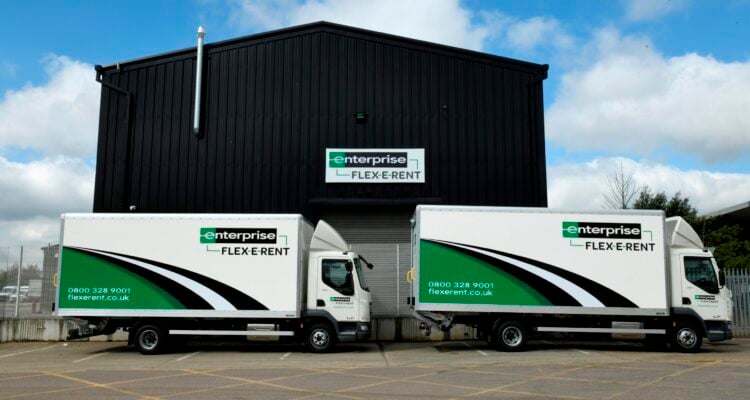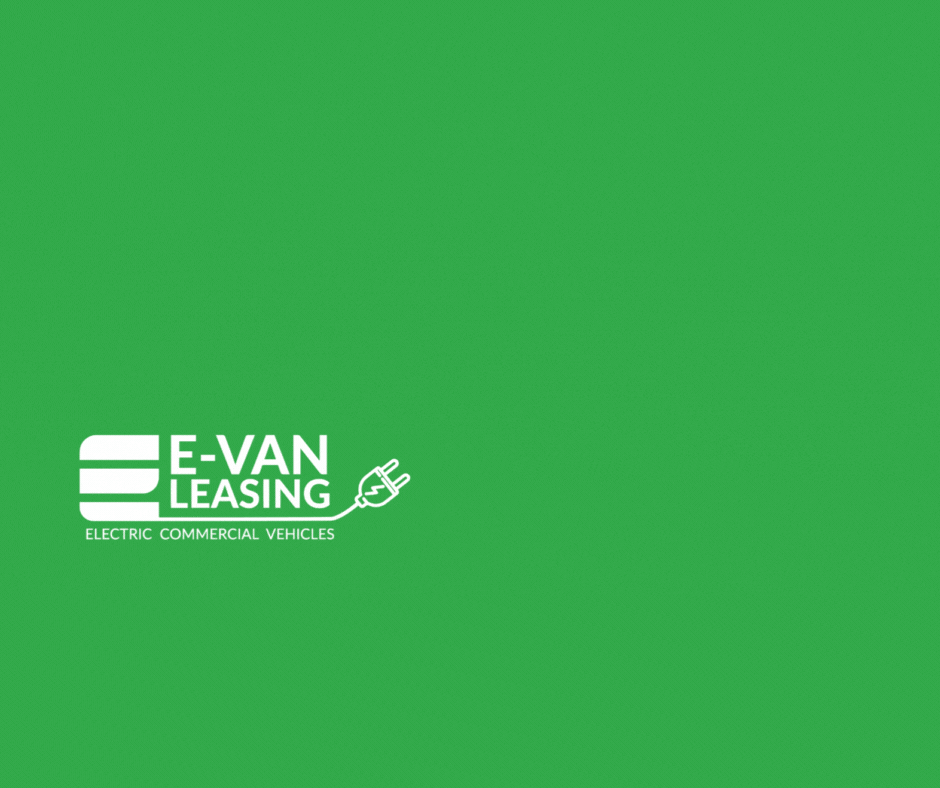The start of a vehicle contract is a key period. Operators need to ensure their rental contracts do what the business needs from day one.
The first six weeks of the implementation process are vital, so we’ve identified six key areas to address, starting even before the contract is signed, to ensure the rental process is smooth from the very beginning.
Understand – and communicate – your hyper-specific vehicle requirements
Your supplier has to know all the pinch points that will affect your vehicle needs: the shifts and hours you operate, the locations where you work, where people stable their vehicles and so on.
Every sector has its own nuances – for example, traffic management vehicles can work overnight so vehicles may be best serviced during the day. Waste collection vehicles go out very early every morning. All these different operational patterns have implications for driver support, which must be understood and planned for by the supplier.
Make sure suppliers fully understand how operational usage impacts the vehicle specification that you need, – especially safety equipment. Something as simple as missing or badly positioned work lights and reflective tape sounds basic but could be life or death in terms of operator visibility.
It can be all too easy for vital details to get lost in communication. No-one wants to wait months for an HGV and then find it’s not correct – such as if the truck is driving into London and has to be compliant with the new Direct Vision Standard (DVS).
Or, if you need Chapter 8 markings and beacons or additional access and egress points, work with the supplier to determine precisely what’s required so there are no surprises on delivery.
Compliance is a vital consideration
Safety and compliance requirements are the number one consideration for most operators to maintain that all-important O-Licence.
What maintenance, compliance inspection and support are you going to need? Is it onsite maintenance support or does the driver go into a depot? Does the maintenance support vary by location, suitable times for you and vehicle type? Does the supplier understand your PMI schedule and requirements? What’s the maintenance support schedule and what do your drivers do if they break down in and out of hours?
Even ahead of contract, ensure your supplier can meet your particular requirements and safety checks.
Maintenance schedules are vital for everything from routine servicing to ancillary inspections such as LOLER certificates and calibration. Your supplier must understand your individual PMI intervals and position on laden roller brake testing in line with the Guide to Maintaining Roadworthiness – which will be increasingly important with additional requirements from April 2025 onwards.
You want to feel confident in your supplier’s maintenance support processes and procedures. It should have a robust SMR system and compliance packs with easy access for you to track maintenance, allowing you to be certain that the vehicle is compliant every time a driver heads off.
Understanding your supplier’s maintenance network is key. Has it effectively mapped where your vehicles operate to its nearest workshop/depot network, to ensure vehicle uptime is maximised and operational time is optimised?
Create a day-one support framework
Every operator can reduce those teething troubles by agreeing the account management touchpoints with the supplier from day one.
It’s a detailed exercise that is well worth spending the time. Will there be daily or weekly calls, what are the review meeting periods and with whom, and where are the spare keys kept? Look at important vehicle details such as VIN numbers and security codes. Where are they kept, such as on a system, and do you have manuals or work instructions? Do employees need any training on ancillary items?
It will be important to understand the supplier’s IT platform and ensure you have the correct logins for access to your operating dashboard and SMR schedules and compliance documents.
Just as importantly, where do you go in the event of an issue or escalation? The supplier should be clear on who you talk to for each kind of query – technical, bookings, billing or account management. Knowing the correct contact details and the best person for each issue helps to avoid bottlenecks in the process. It also means each department – training, finance, transport, legal – can speak to a specialist if they have issues.
Agree the reporting and billing requirements
Similarly, it’s vital to agree from the beginning how the scheduled reporting should work best for you – from daily, weekly and monthly reports to KPI metrics to ensure the contact is operating effectively.
Agree the templates and information that you need to run your fleet effectively across all your business stakeholders in departments like fleet, health & safety, finance and HR. Is it just one report or many? Do you need bespoke reporting? Suppliers have dozens of reporting options so ask about all the variables and how they can be tailored to suit your needs.
Similarly, work with the supplier on invoicing pre-checks to ensure the billing process runs smoothly for both parties.
Expect value from the beginning and continuous improvement
You will need visibility of what’s going on across the fleet even in those first few days, in areas such as maintenance, VOR, compliance, damage, specification compliance, delivery times and response times.
Tangible and readily available KPIs will assist you and your supplier with total visibility of the fleet operation and allow both to make necessary changes in collaboration for the best results.
You should work with your supplier to identify continuous improvement opportunities throughout the life of the contract. For example, monitoring mileage on a regular basis can potentially highlight vehicles that could be changed to electric vehicles or different types, or even reduce the number of vehicles you have.
There will be opportunities to add value from the very start. Connect with those people on the supplier side who bring expertise to look beyond the contract and help you get the most from the relationship.
Create a robust booking process
The devil is in the detail for implementing an HGV rental contract at every level. Robust systems and technology can ensure anyone – even a non-transport specialist – can book the correct short-term and replacement rentals, with all the correct features and equipment, so the right vehicle turns up at the right place at the right time.
The supplier should be asking lots of questions right at the outset – and link these to a system or process at the back end that ensures things are done right at the critical moment.
Finding a supplier who is knowledgeable and asks all the right questions is key: one who takes the time to ensure it understands the specification and services levels and flexibility you require right from the start.
Pre-empting pressure and friction points ahead of time is fundamental to setting up a rental contract that delivers right first time, every time. Early and detailed set-up is essential to managing each and every rental effectively and ensuring a good customer outcome throughout the life of the contract.
Working together as partners, while being transparent on process, requirement and expectation, means even the tiniest point is addressed before the first vehicle appears.
Author: Danny Glynn, Managing Director of Enterprise Flex-E-Rent




















